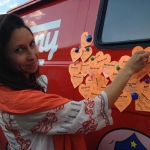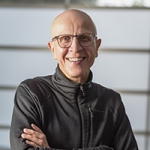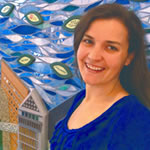
Ms. Patricia Walsh
Removing Public Artworks: Process and Policies are Key
Posted by Aug 24, 2017

Ms. Patricia Walsh
In the art world, deaccession is generally defined as permanently removing a work of art from a collection. Art museums, libraries, and other collecting institutions may use a deaccession process to remove pieces from their collections for a variety of reasons. Because of the nuances of municipalities and other public agencies that commission or own artworks, the processes for removing artworks from their collections aren’t easily transferable from their museum or library counterparts. There is still research to done on best practices for deaccessioning a public artwork, but we do know that a thoughtful process is key to addressing the issues that surround an artwork being considered for removal.
Read More










